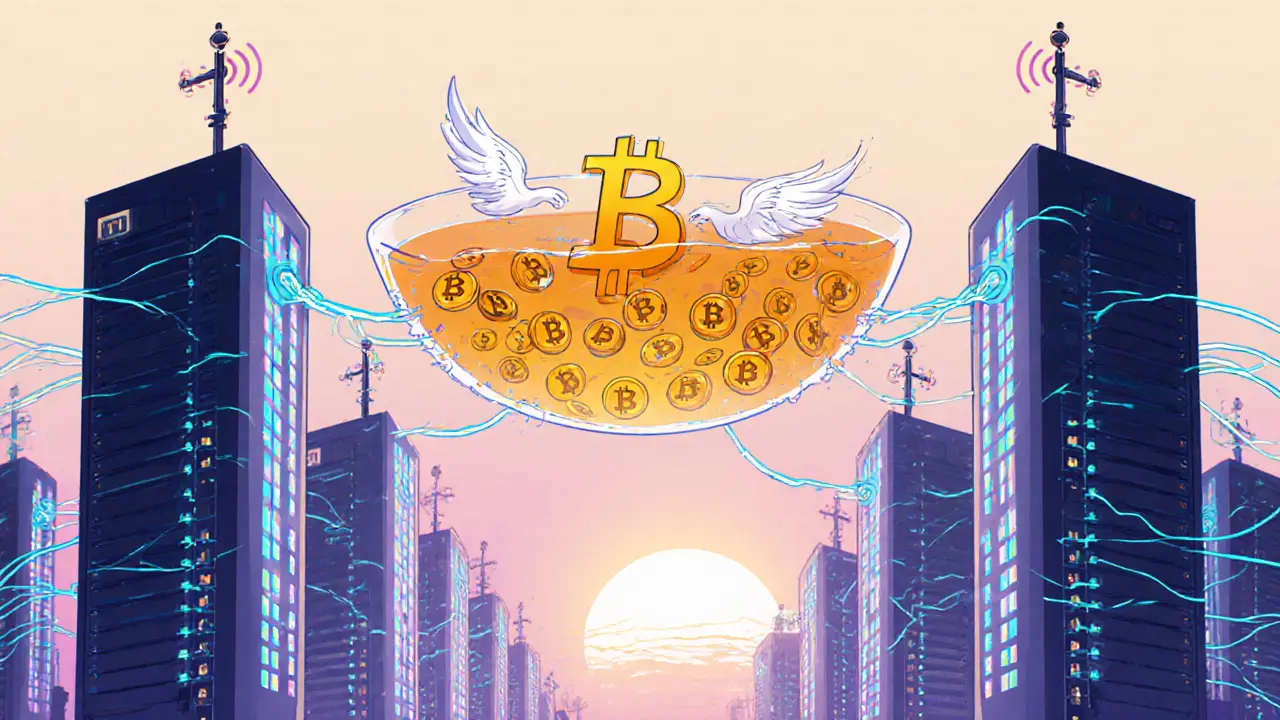Bitcoin Mempool: What It Is and Why It Matters
When working with Bitcoin mempool, the waiting area where unconfirmed Bitcoin transactions sit before a miner adds them to a block. Also known as transaction pool, it directly reflects the transaction fee market, the dynamic pricing system that rewards miners for faster confirmation and the health of the Bitcoin node, software that validates and propagates transactions across the network. As fee demand rises, the mempool swells, leading to higher fees and slower confirmation times – a classic cause‑and‑effect loop that anyone sending Bitcoin should understand.
Why the Mempool Matters for Fees, Block Size, and Network Congestion
The size of each new block, limited to 4 million weight units (roughly 1 MB), caps how many transactions can leave the mempool at once. This block size, the maximum data a miner can include in a single block creates a bottleneck whenever demand exceeds supply, causing the mempool to grow. When the pool expands, miners prioritize higher‑fee transactions, pushing the average fee upward – a clear semantic triple: Bitcoin mempool influences transaction fee market. Conversely, when demand eases, the pool shrinks, fees drop, and confirmation speeds improve. This feedback loop means that anyone watching fee estimates is really watching mempool health.
Miners serve as the gatekeepers that finally clear the backlog. They select the most profitable transactions based on fee‑per‑byte, then broadcast the new block to the network. Faster block propagation helps keep the mempool stable, because a fresh block reduces the number of pending transactions quickly. In practice, wallets query the mempool to suggest appropriate fees; a larger pool signals higher congestion, prompting wallets to recommend higher fees for timely confirmation.
For traders, developers, and casual users, understanding the mempool can save money and time. If you notice a sudden spike in mempool size, you might decide to delay a low‑value transfer or increase the fee to avoid a long wait. Likewise, monitoring the fee market helps you set competitive fees when you need fast execution, such as during arbitrage. The mempool also offers insight into network health: persistent congestion may hint at upcoming protocol upgrades or the need for layer‑2 solutions.
Below you’ll find a curated set of articles that dig deeper into these topics – from fee‑estimation tools and mempool visualizers to the impact of upcoming Bitcoin upgrades. Whether you’re a beginner curious about why fees change or an experienced trader looking for real‑time data, these resources will give you the practical context you need to navigate the Bitcoin mempool confidently.
Understanding Bitcoin Mempool: How It Works & Why It Matters
Learn how Bitcoin's mempool works, from transaction broadcast to miner selection, default settings, fee market dynamics, and practical monitoring tips.
read more

